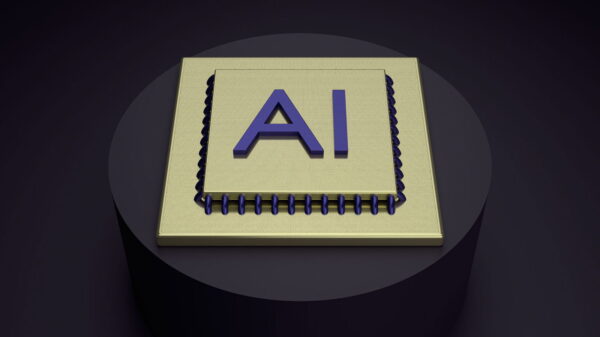HealthEquity (HQY) is embracing a significant advancement by introducing agentic AI technology in collaboration with Parloa. This initiative seeks to improve member support through enhanced automation and cohesive experiences across various channels, marking a pivotal step in the company’s digital transformation strategy.
Investor interest in HealthEquity is on the rise, demonstrated by an impressive 13.7% share price return over the past three months. This momentum has significantly outpaced the 2.8% total shareholder return seen over the last year. For long-term investors, the outlook remains positive, with a robust 65% total return over three years. However, as the tech-forward approach raises eyebrows, it’s essential to consider whether this recent rally indicates room for further growth or if current valuations already reflect the company’s rapid advancements in technology and growth potential.
Valuation Perspective: HealthEquity’s Undervalued Status
As of the latest closing price of $101.77, analysts suggest a fair value for HealthEquity at $122.36, highlighting a perceived undervaluation. This discrepancy signals potential catalysts for future growth, particularly with regulatory expansions that allow for direct primary care, pre-deductible telehealth, and the inclusion of millions of new members in the Affordable Care Act (ACA) bronze/catastrophic plans qualifying for Health Savings Accounts (HSAs). Such developments represent the largest market expansion seen in two decades, paving the way for accelerated account openings and assets under management (AUM) growth, which could substantially enhance revenue.
The introduction of AI-powered features aims to bolster member experience and engagement while enabling HealthEquity to achieve operating leverage, reduce service costs, and consequently support higher net margins and improved earnings over time.
See alsoYoshua Bengio Achieves Historic Milestone as First Researcher to Surpass 1 Million Google Scholar Citations
Investor enthusiasm is further fueled by optimistic projections for profitability, with anticipated margin improvements that could reset expectations across the sector. Analysts are integrating these growth trajectories, margin enhancements, and strong earnings multiples into the pricing of HealthEquity shares, drawing attention from potential investors.
Market Ratios Indicate Caution
Despite the consensus around an undervalued position, scrutiny of HealthEquity’s price-to-earnings (P/E) ratio raises concerns. Trading at 60.1 times earnings, the company’s P/E ratio significantly exceeds the fair ratio of 31.5, as well as averages within both industry and peer comparisons. This disparity suggests an optimistic outlook is already embedded in the current price, prompting questions about whether the company can meet such elevated expectations moving forward.
While the optimistic forecasts paint a bright future for HealthEquity, external challenges, such as a soft labor market or declining interest rates, could hinder account growth and earnings, potentially complicating the realization of these projections. A careful examination of key risks associated with the HealthEquity narrative is essential for investors contemplating their positions.
Exploring Further Opportunities
If HealthEquity’s innovative strides pique your interest in healthcare technology advancements, consider exploring other disruptive players in the field. The dynamic nature of the healthcare sector encourages investors to stay informed about emerging trends and potential opportunities.
In summary, HealthEquity is at a crossroads of technological advancement and market growth potential. The juxtaposition of its recent share price rally, optimistic profitability forecasts, and cautionary market ratios creates a complex narrative for investors. As the healthcare landscape evolves, maintaining a keen eye on HealthEquity’s progress and market conditions will be pivotal for those looking to capitalize on this burgeoning sector.







































































